Tesla is looking to continue its global push for volume and usurp the efforts of ‘legacy’ car makers with a more affordable compact hatchback model, according to boss Elon Musk.
It is believed that the new car, aimed primarily at Europe, would be a restyled and adapted version of the existing Model 3 – and it could be produced beside the saloon at the US firm’s new plant near Berlin, Germany.
Speaking to investors and analysts on a recent conference call, Musk stressed that “we will not succeed in our mission if we don’t make cars affordable”, adding: “The thing that bugs me the most about where we are right now is that our cars aren’t affordable enough. We need to fix that”.
While not revealing specifics, in order to keep future Tesla product launches as surprising as possible, Musk confirmed that “it would be reasonable to assume that we would make a compact vehicle of some kind and probably a higher-capacity vehicle of some kind”.
Although likely to be some way off – given that Tesla still has to start production of its Semi lorry, Roadster supercar and Cybertruck pick-up – a more affordable model than the Model 3 will be crucial to ensure that the brand can compete on real terms with the new Volkswagen ID 3 and Peugeot e-208 hatchbacks.
The former will eventually start from around £27,500 for the entry-level 45kWh model, while the cheapest Model 3 available in the UK today costs £43,490 (both prices are before the UK government’s £3000 grant for electric cars).
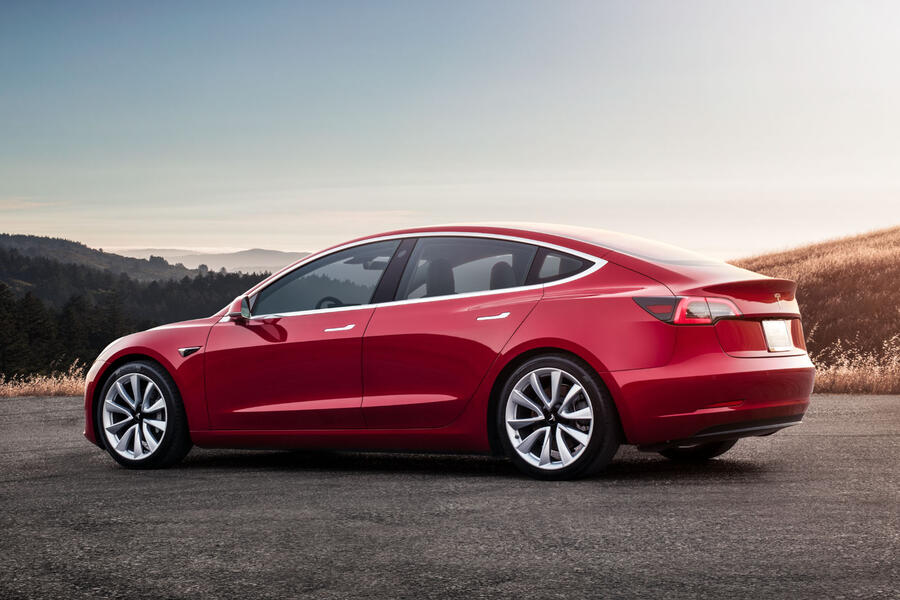
It is believed that Tesla’s German factory, which is due to be completed and begin operations in July 2021, could be the catalyst for a smaller, cheaper model, thanks to what Musk describes as a “revolution in automotive body engineering”: a giant aluminium casting machine.
Considered a first in the mass-production industry, with Tesla applying to patent the design last year, the machine hugely simplifies the process of assembling a unibody frame, which is traditionally done by folding, welding and gluing together multiple panels and parts.

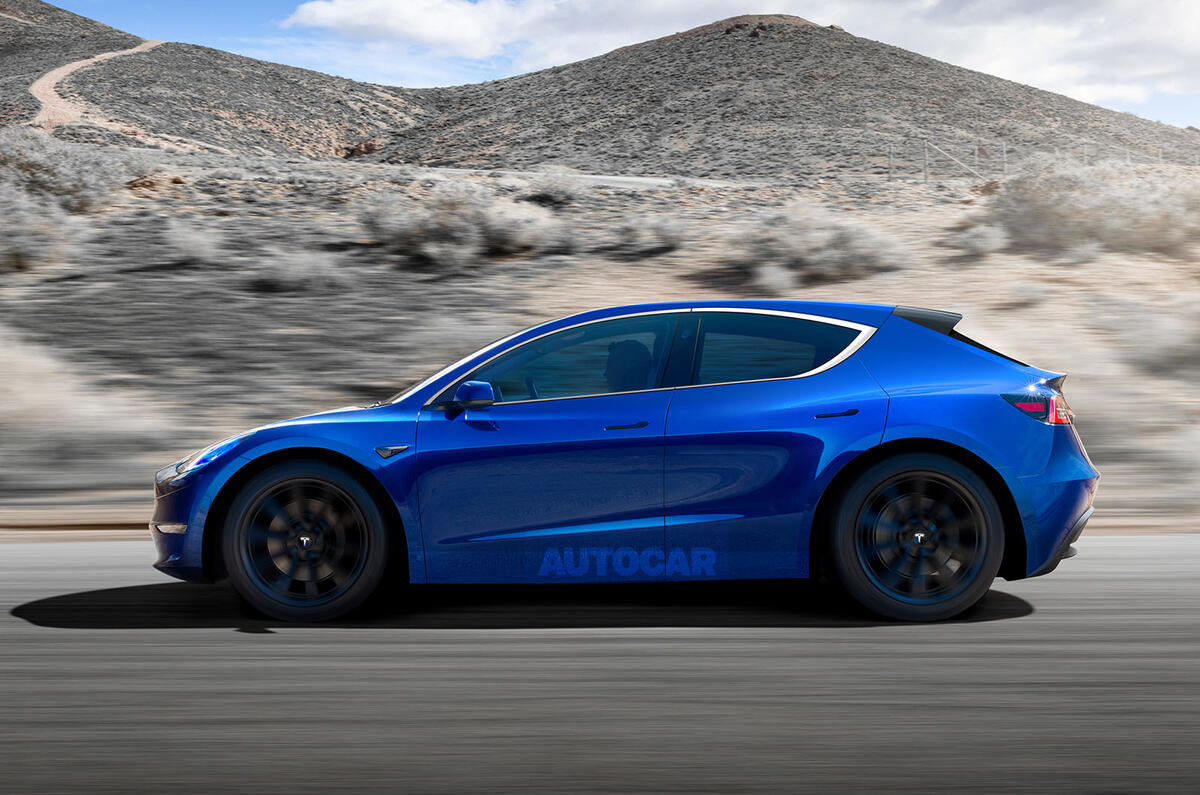
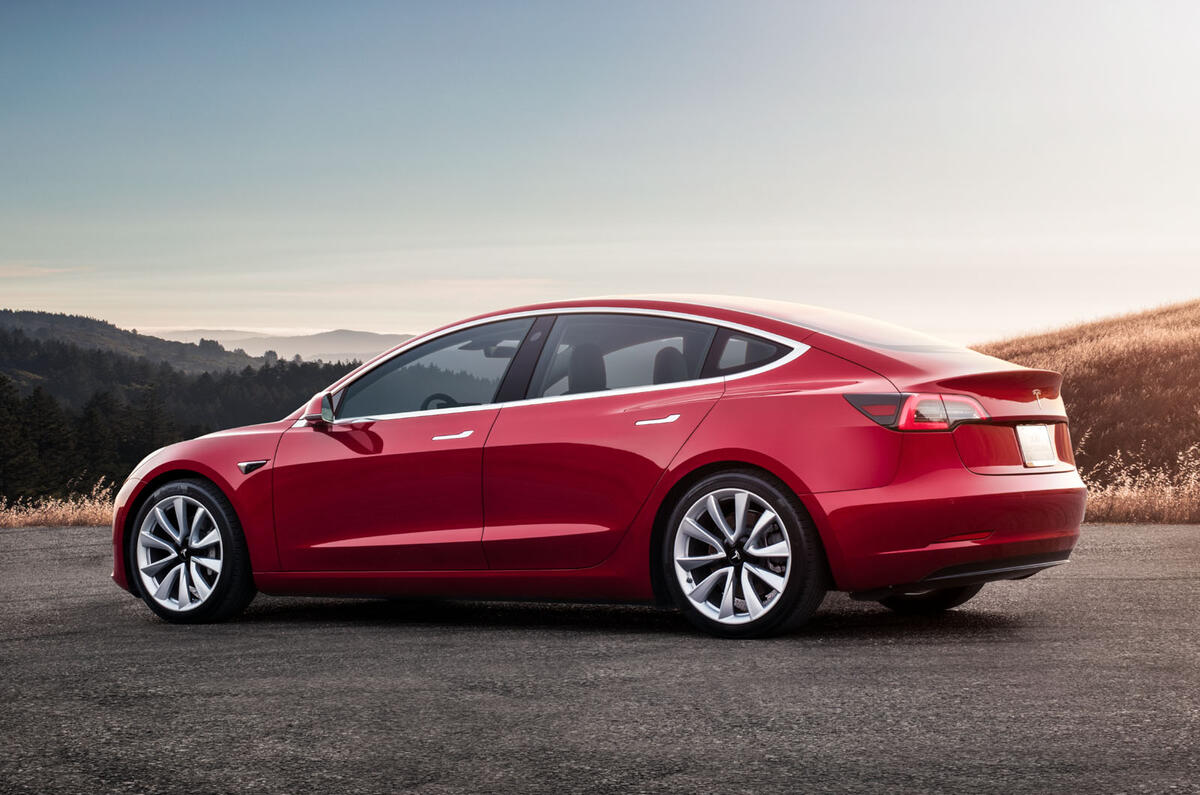
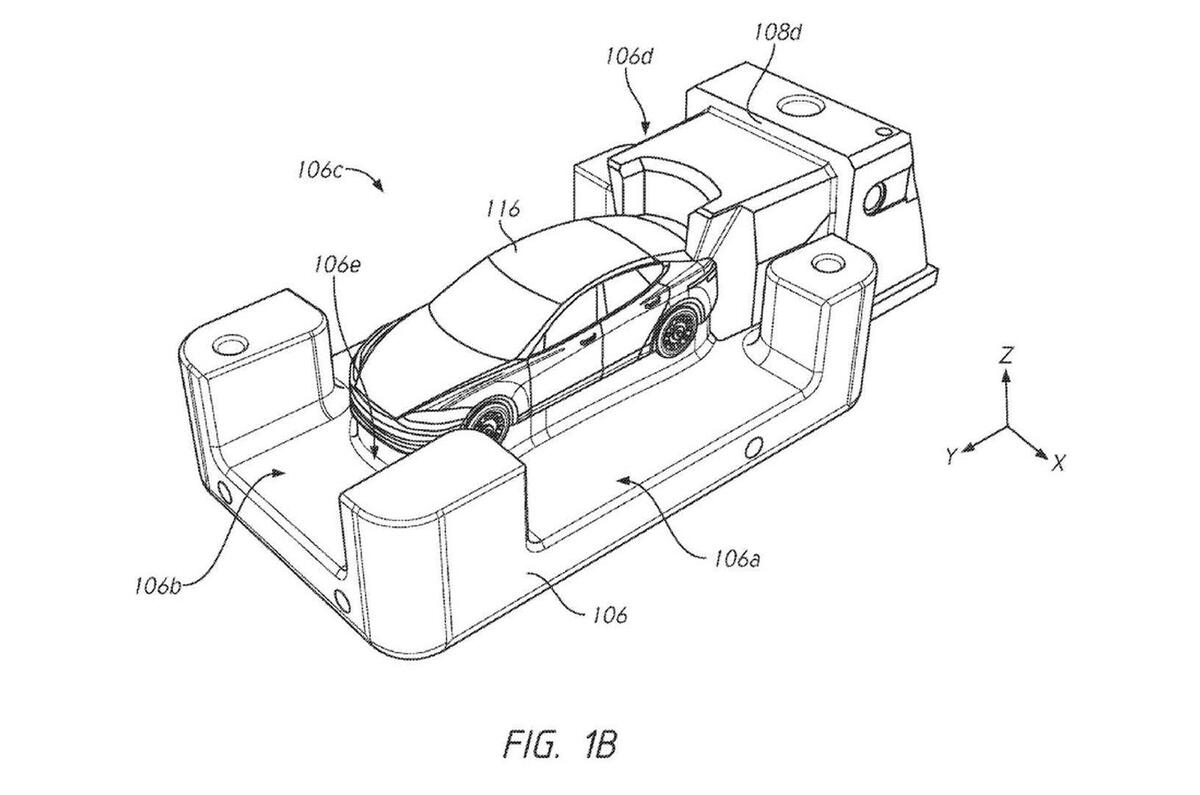

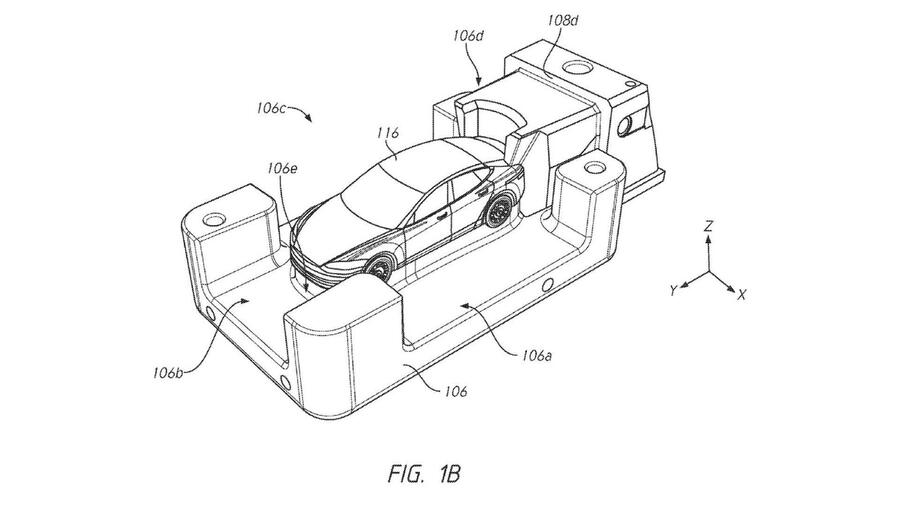

Join the debate
Rods
Insurance?
With cars being formed using a 'giant aluminium casting machine' how does that work when a car might need, for example, a new wing, etc? as you can't simply replace the wing, right?And, then, how would that affect insurance? Would it make those cars harder to insure? Interesting idea but just wondering how it all works in practice.
Add your comment